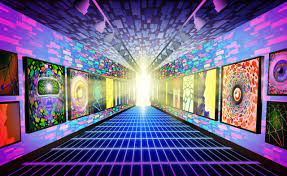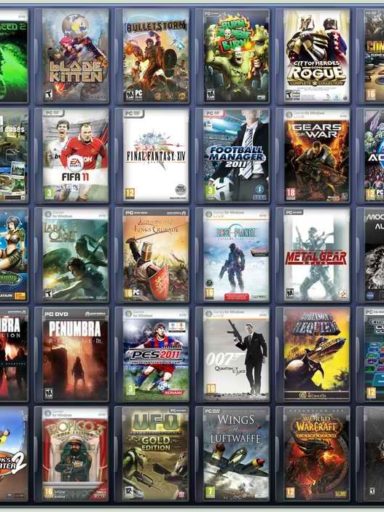In recent years, a revolutionary technology called non-fungible tokens (NFTs) has gained widespread attention and disrupted the art and collectibles industry. NFTs are unique digital assets that use blockchain technology to establish ownership, provenance, and scarcity. This article by Jurgen Cautreels explores why NFTs are poised to become the future of art and collectibles, transforming the way we create, sell, and collect digital and traditional artworks.
Unprecedented Ownership and Authenticity: One of the most significant advantages of NFTs is their ability to provide unparalleled ownership and authenticity verification. Unlike physical art or collectibles, which can be replicated or counterfeited, NFTs are digitally signed and stored on a blockchain, guaranteeing their uniqueness and traceability. Artists can mint their creations as NFTs, enabling them to retain the rights and receive royalties for future sales. Moreover, NFTs ensure transparent ownership records, eliminating doubts about provenance and establishing trust within the art market.
Empowering Artists and Creators: NFTs have opened up new avenues of creativity and revenue for artists and creators. In the traditional art world, artists often struggle to earn a fair income or receive recognition for their work. NFTs provide a solution by enabling artists to sell their digital artwork directly to collectors, eliminating intermediaries and increasing their profit margins. Additionally, NFTs can incorporate smart contracts, allowing artists to receive royalties automatically whenever their work is resold in the secondary market, ensuring ongoing financial support.
Expanded Accessibility and Global Reach: The digital nature of NFTs democratizes the art and collectibles market, making it accessible to a broader audience. Through blockchain technology, NFTs can be bought, sold, and traded globally, breaking down geographical barriers. Artists can connect with collectors from all over the world, fostering a more inclusive and diverse art ecosystem. Furthermore, NFTs allow artists to experiment with interactive and immersive digital experiences, pushing the boundaries of traditional art forms and engaging audiences in new and exciting ways.
Preserving Scarcity and Rarity: Scarcity and rarity have long been driving forces behind the value of traditional art and collectibles. NFTs provide a digital solution to maintain and enhance these qualities. By creating limited editions or unique digital assets, artists can ensure scarcity in the digital realm. Collectors are drawn to the exclusivity and rarity of owning a specific NFT, and the blockchain’s transparent ledger confirms the scarcity, bolstering the value and desirability of these digital creations.
NFTs have unlocked unprecedented opportunities for collaboration between artists, musicians, designers, and technologists. Through tokenization, multiple artists can contribute to a single NFT, creating collaborative and multidisciplinary works. Musicians can release albums as NFTs, allowing fans to own exclusive digital collectibles alongside their favorite music. This fusion of art forms and creative disciplines opens up exciting possibilities for cross-pollination and innovation, fostering vibrant artistic communities.
Non-fungible tokens (NFTs) are revolutionizing the art and collectibles industry, bringing digital assets to the forefront of creative expression. With their ability to establish ownership, empower artists, expand accessibility, preserve scarcity, and foster collaboration, NFTs are undeniably shaping the future of art and collectibles. As this technology continues to evolve, it holds the potential to redefine how we perceive, create, and appreciate art in the digital age.


